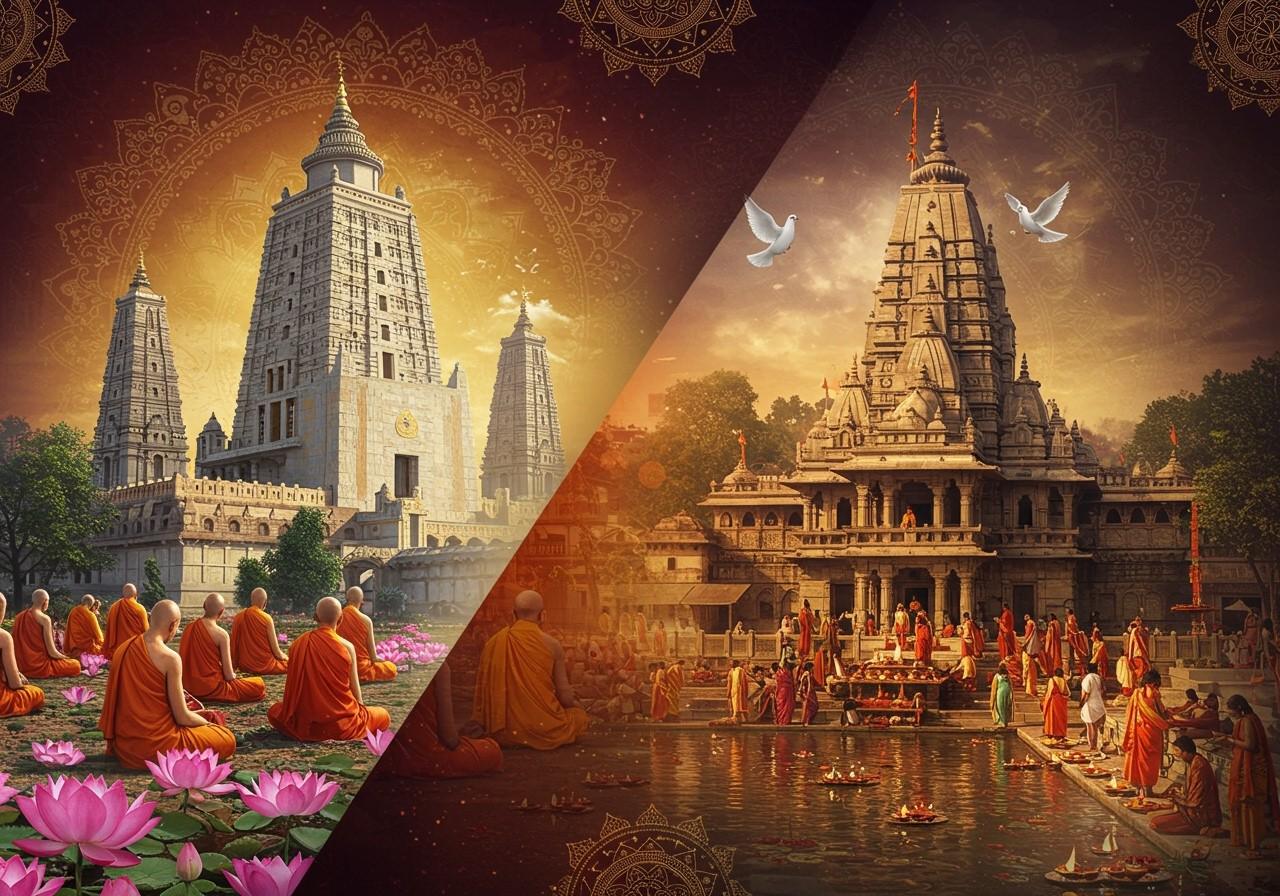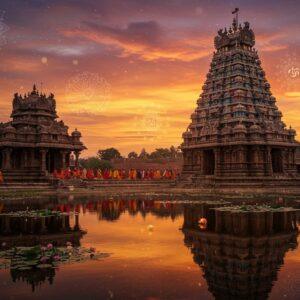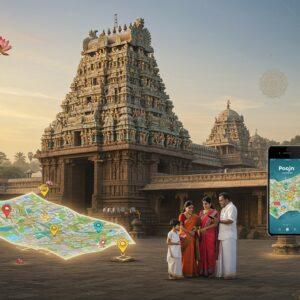
Bodh Gaya and Gaya, two distinct yet closely situated locations in Bihar, India, hold immense cultural and spiritual significance. Though geographically proximate, they offer unique experiences rooted in diverse historical and religious backgrounds. This article delves into the distinctions between Bodh Gaya and Gaya, serving as a guide for prospective visitors and those interested in exploring their rich heritage.
Historical Background
Bodh Gaya, a revered site in the Gaya district, marks the very spot where Siddhartha Gautama attained enlightenment and became the Buddha. The Mahabodhi Temple, a designated UNESCO World Heritage Site, stands as a testament to this sacred transformation. The temple’s architecture and the surrounding environment exude a sense of tranquility and spiritual significance, drawing pilgrims and visitors from across the globe.
Gaya, in contrast, boasts a rich history spanning centuries, deeply intertwined with Hindu traditions. It is particularly renowned for the Pind Daan ritual, a ceremony performed for the salvation of ancestors. The city’s ancient temples and ghats resonate with the echoes of generations past, offering a glimpse into the enduring power of faith and tradition.
Religious Significance
Bodh Gaya serves as a pivotal pilgrimage destination for Buddhists worldwide. At its heart lies the Bodhi Tree, the descendant of the very tree under which Buddha achieved enlightenment. The Great Buddha Statue, an imposing figure of serenity and wisdom, further enhances the site’s spiritual aura. Bodh Gaya hosts numerous annual festivals and events, attracting a global community of devotees and visitors.
Gaya holds profound significance for Hindus, especially for the performance of Pind Daan rituals. The Vishnupad Temple, a prominent landmark in Gaya, stands as a focal point for these ceremonies. These rituals, performed on the banks of the Phalgu River, are believed to liberate the souls of ancestors and ensure their peaceful passage in the afterlife.
Key Attractions
Bodh Gaya offers a wealth of attractions for visitors to explore:
- Mahabodhi Temple Complex: This UNESCO World Heritage site is the main attraction, housing the Bodhi Tree and the Great Buddha Statue. The intricate carvings and serene atmosphere make it a must-visit.
- Bodhi Tree: The descendant of the original tree under which Buddha attained enlightenment, this sacred tree is a focal point for meditation and reflection.
- Great Buddha Statue: A towering statue depicting Buddha in a meditative posture, it symbolizes peace and enlightenment.
- International Monasteries: Various monasteries representing different Buddhist traditions from around the world showcase the global reach of Buddhism.
Gaya presents its own unique set of attractions:
- Vishnupad Temple: This significant Hindu temple, situated on the banks of the Phalgu River, is believed to house the footprints of Lord Vishnu. It is a central location for Pind Daan ceremonies.
- Mangla Gauri Temple: Dedicated to Goddess Shakti, this temple is one of the 51 Shakti Peethas and holds immense religious importance.
- Phalgu River: Considered sacred by Hindus, this river plays a vital role in the Pind Daan rituals.
- Akshayavat Tree: Believed to be immortal, this tree holds mythological significance and is revered by devotees.
Cultural Practices and Rituals
Bodh Gaya provides a serene environment for meditation and spiritual learning. Teachings based on Buddhist philosophy are offered, attracting seekers from all walks of life. The peaceful atmosphere and the presence of numerous monasteries create an ideal setting for contemplation and introspection.
Gaya is deeply rooted in the tradition of Pind Daan rituals. These elaborate ceremonies, performed by Hindu priests, involve offerings to deceased ancestors. The rituals are believed to ensure the spiritual liberation of the departed souls and are an integral part of Hindu tradition.
Travel Tips and Accessibility
When planning a visit to Bodh Gaya and Gaya, consider the following:
- Best times to visit: The cooler months, from October to March, offer pleasant weather for sightseeing and outdoor activities.
- How to reach: Gaya is well-connected by air, rail, and road. The Gaya Airport (GAY) serves as the nearest airport, while the Gaya Junction railway station provides convenient access by train. Roadways connect Gaya to major cities in Bihar and neighboring states.
- Travel tips: Dress modestly and respectfully when visiting religious sites. Be mindful of local customs and traditions. Consult travel guides or local resources for up-to-date information on festivals and events.
Poojn.in: Your Companion for Ritual Needs
Poojn.in, India’s largest online store for cultural and religious goods, offers a wide range of products to support your spiritual journey in both Bodh Gaya and Gaya. For Pind Daan ceremonies in Gaya, we provide comprehensive kits containing all the essential items, such as til (sesame seeds), kusha grass, and black sesame. Explore our Pind Daan kits here.
For Buddhist practices in Bodh Gaya, we offer a selection of meditation mats, prayer beads, and incense sticks. Browse our Buddhist prayer accessories here. Our collection also includes woolen mats suitable for meditation and prayer ceremonies in both locations.
Conclusion
Bodh Gaya and Gaya, while distinct in their religious focus, offer a combined experience of spiritual exploration and cultural immersion. Bodh Gaya resonates with the tranquility of Buddhist teachings, while Gaya echoes with the reverence of Hindu traditions. Planning your journey with an understanding of their unique characteristics will ensure a fulfilling and enriching experience. Find more items for your spiritual journey at poojn.in.


